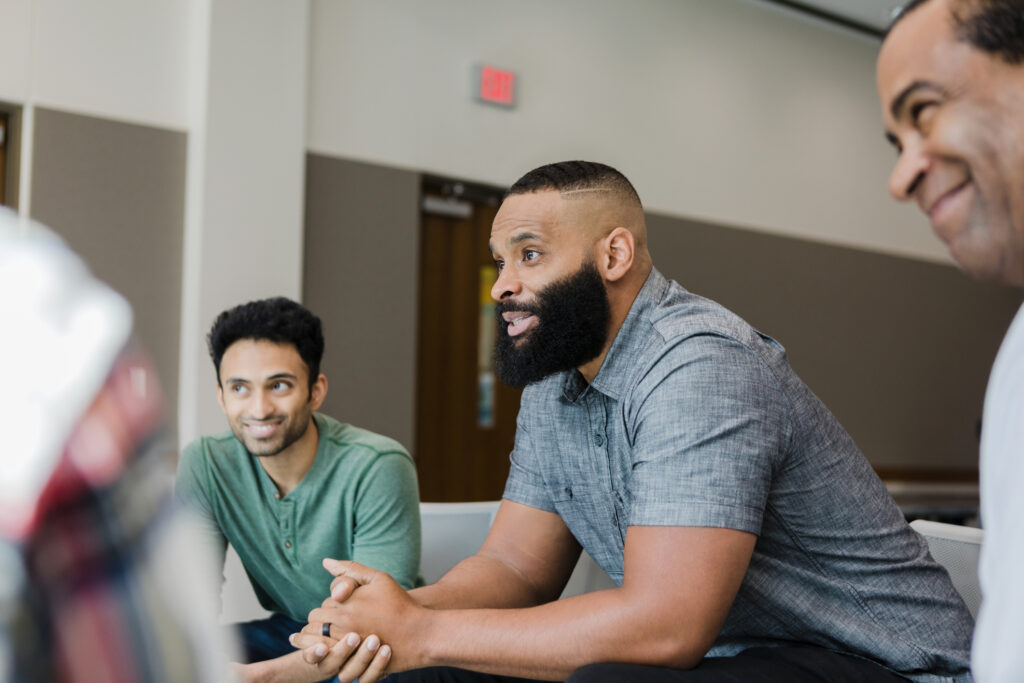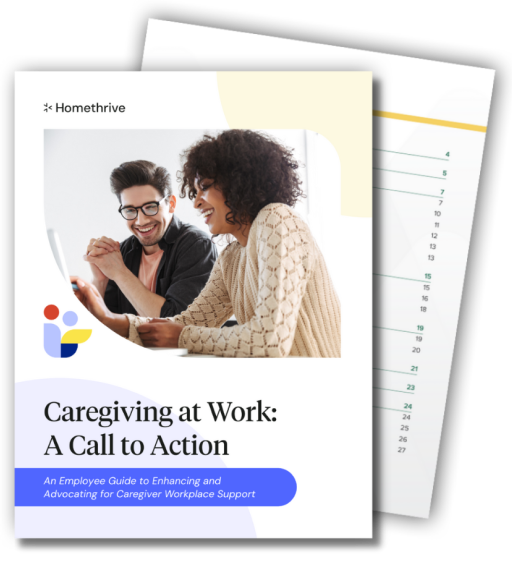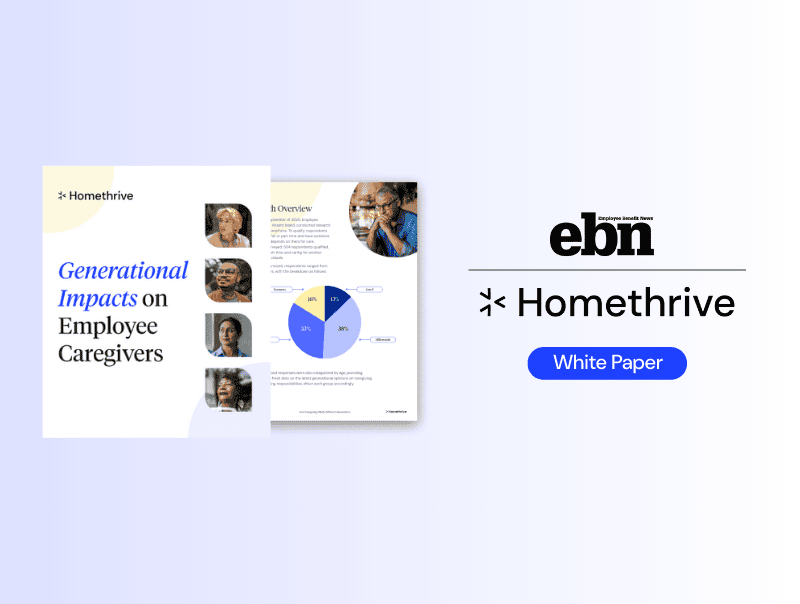One Workforce, Many Perspectives
For the first time in modern corporate history, four distinct generations are working side by side—each shaped by different eras, values, and expectations. Baby Boomers, Generation X, Millennials, and Generation Z contribute to the same teams, collaborate on the same projects, and navigate the same company policies. While these generations still share workplaces, they don’t necessarily share the same vision of what a great employer looks like.
Understanding these differences isn’t about stereotypes or checklists. It’s about designing workplaces that align with the needs and priorities of a truly diverse workforce. What motivates a Gen Z software engineer may differ significantly from what retains a Gen X team lead or encourages a Baby Boomer executive to delay retirement. But there are also cross-generational themes—like flexibility, psychological safety, and authentic culture—that resonate more broadly.
For employers, this is both a challenge and an opportunity. Organizations that recognize and adapt to generational differences attract talent and build inclusive, resilient cultures that outperform over time. Let’s examine what each generation looks for when evaluating a company and what employers can do to meet those needs while fostering unity across age groups.
Baby Boomers: Loyalty, Security, and Meaningful Closure
Born between 1946 and 1964, Baby Boomers are the oldest generation still in the workforce. While many have retired, many remain employed—whether by choice, financial necessity, or a desire to stay active and engaged. AARP reports that nearly 40% of Americans aged 65 and older are still working or actively seeking work. For Boomers, job stability, personal legacy, and robust benefits often outweigh trendy perks or startup-style cultures.
This generation tends to value organizations that demonstrate loyalty and consistency. Competitive health benefits, retirement plans, and phased retirement options go a long way in retaining Boomer employees. So does clear recognition of their experience in everyday interactions and legacy planning. Many Boomers are interested in mentorship or part-time advisory roles that allow them to contribute without the intensity of a full-time schedule. Companies that offer flexible exit paths—such as consulting arrangements or reduced hours—retain institutional knowledge while honoring this generation’s desire for purpose-driven closure.
Boomers are generally more comfortable with structured, in-person work environments, but have shown adaptability when supported through digital transitions. They do not oppose hybrid models, especially when caregiving or health needs arise for their partners or other loved ones. However, they expect technology and training to be accessible, not assumed.
Generation X: Practical Support for a Pressured Life Stage
Often dubbed the “forgotten middle child” of the workplace, Generation X—born between 1965 and 1980—holds many of today’s senior management and operational leadership roles. Yet their voices are often underrepresented in workforce strategy. Gen X employees balance high-pressure careers with complex personal responsibilities, including caring for children and aging parents. According to MetLife, nearly 80% of Gen X workers rank flexible scheduling as essential to job satisfaction, and almost half say financial wellness resources significantly impact their loyalty to an employer.
Gen X tends to be pragmatic. They want autonomy to do their jobs well without being micromanaged. They also appreciate clear performance metrics and advancement paths that reward results over visibility. Benefits matter—but not just healthcare. Retirement planning support, college savings tools, and eldercare leave are increasingly important. Many Gen X employees view a strong benefits package as a direct extension of how much a company values their time and contributions.
While they may not demand fully remote roles, Gen X workers often prefer hybrid models that let them manage competing obligations. This generation thrives with flexibility but values predictability—knowing when and where to be present. Importantly, they also want to be seen. With the spotlight often swinging from Boomers’ experience to Millennials’ innovation, Gen X employees benefit from targeted recognition and leadership development that doesn’t assume they’re already “set.”
Millennials: Holistic Benefits and Purpose-Driven Cultures
Millennials, born between 1981 and 1996, now make up the largest segment of the workforce. They entered employment during economic instability and have challenged many traditional workplace norms. In fact, research shows that 75% of Millennials would consider leaving a job if the culture didn’t align with their values and nearly 60% rate benefits and flexibility as equally important as salary.
For Millennials, work is not just a paycheck—it’s part of a broader lifestyle. This generation expects mental health coverage, inclusive parental leave, financial literacy tools, and opportunities for ongoing development. Employers that offer therapy stipends, fertility support, student loan assistance, and career coaching are more likely to gain loyalty from this cohort.
Transparency is also critical. Millennials want clear communication from leadership, fair and equitable advancement paths, and companies that practice what they preach in DEI, climate responsibility, and social impact.
Flexibility is a baseline expectation. Millennials are not just asking to work from home—they’re asking for flexibility in how work is structured, measured, and integrated into their lives. This is only natural, considering this generation currently accounts for the bulk of the “Sandwich Generation” that are caring for both their children under 18 and their aging parents.
Many Millennials also thrive in results-oriented environments that allow asynchronous work, provided they receive feedback and mentorship. Employers that over-structure or under-trust their Millennial workforce risk losing them to competitors who offer more agency and authenticity.
Generation Z: Mental Health, Mobility, and Mission Alignment
Generation Z, born from 1997 to around 2012, is the youngest group in the workforce—and arguably the most disruptive. They’re digital natives, values-driven, and skeptical of outdated corporate models. According to Deloitte’s 2023 Gen Z and Millennial Survey, 67% of Gen Z workers say that access to mental health support influences their decision to stay with an employer. Meanwhile, nearly half report feeling stressed or anxious most of the time.
For Gen Z, mental health isn’t a benefit—it’s a core component of employer credibility. They’re drawn to companies that normalize mental health conversations, offer therapy access, and train managers to support emotional well-being. Traditional hierarchies, rigid hours, and vague corporate values tend to raise red flags for this generation. They want to work for transparent, socially engaged, and actively evolving organizations.
Remote and hybrid work isn’t a nice-to-have—it’s assumed. But Gen Z also values connection. They seek strong onboarding, peer mentorship, and opportunities to build community in person or virtually. They’re ambitious but impatient with slow-moving career ladders. Employers will better position themselves to retain this talent by providing structured growth paths, frequent feedback, and visible learning opportunities.
Cross-Generational Priorities: Where Values Overlap
Despite the differences, several priorities consistently cut across generational lines—and these are areas where employers can build unified strategies.
Embrace flexibility
Flexibility is no longer a perk; it’s foundational. What flexibility looks like may differ—Boomers might seek part-time arrangements, while Gen X wants hybrid options, and younger employees expect remote freedom—but the principle remains. Employers that provide clear policies, transparent expectations, and tools to support distributed work build trust across all age groups.
Support mental health
Mental health has emerged as a universal concern. While Gen Z is most vocal, Millennials normalize it, Gen X is increasingly aware of its impact, and Boomers benefit from destigmatization. A benefits program without mental health support risks being seen as incomplete. These benefits include therapy access, mental health days, EAP visibility, and manager training on emotional intelligence.
Find workplace culture
A purpose-driven culture resonates broadly. While motivations differ—Boomers seek legacy, Millennials seek alignment, and Gen Z demands action—the desire to work in an organization that “means something” is shared. Companies that can connect day-to-day work with larger missions (without feeling performative) foster deeper engagement across generations.
Building a Workplace that Works for Everyone
Designing a multigenerational workplace is less about catering to individual preferences and more about offering meaningful choices. Employers can’t—and shouldn’t—build four entirely different employee experiences. But they can offer a framework that adapts to life stages, communication styles, and evolving priorities.
Start with benefits
Move beyond one-size-fits-all packages and build modular offerings that allow employees to select what matters to them. Lifestyle spending accounts, caregiver support, fertility and family planning resources, and financial coaching aren’t “extras”—they’re core to retention when tailored effectively. Annual re-education around available benefits is critical, especially as employees shift life phases.
Rethink flexibility
Companies need structure around hybrid work, but not rigidity. Clear collaboration norms, access to co-working or office space for those who want it, and manager training in asynchronous leadership are key. One employee may need a four-day week to manage family responsibilities; another may want remote freedom to stay at home with their young children. The systems need to allow for both without creating inequity.
Require intentional design
Culture also requires intentional design. Gen Z may expect Slack-based check-ins, while Boomers value in-person recognition, but both want to feel appreciated. Connection opportunities, DEI conversations, and team-building efforts should be varied, optional, and inclusive. Think beyond happy hours and trivia nights. Cross-generational mentorship programs, peer learning circles, and values-driven events foster cohesion without forcing conformity.
Communication must evolve
Employers should adopt multichannel internal comms strategies that reflect how different generations engage. This might mean email updates paired with visual dashboards, video town halls with written summaries, and Slack polls supplemented by one-on-one feedback sessions. The goal isn’t to over-communicate—it’s to communicate effectively and consistently across formats.
One Workforce, Multiple Paths to Engagement
The generational diversity of today’s workforce isn’t just a demographic fact—it’s a business advantage. Each generation brings unique strengths, and when workplaces are designed to acknowledge and support those strengths, the result is a more engaged, inclusive, and high-performing culture.
Companies that succeed in this environment aren’t the ones chasing trends. They’re the companies listening well, adapting intentionally, and building systems that flex without fracturing. When employees of all ages feel valued, supported, and seen, they don’t just stay—they contribute their best work.
That’s not generational theory. That’s simply a good strategy.
By partnering with Homethrive, you can help employees reclaim valuable time and energy to focus on their work, families, and personal well-being.
Show your team they don’t have to choose between their careers and caregiving responsibilities. Contact us today to explore how Homethrive can enhance your employees’ well-being and productivity.







